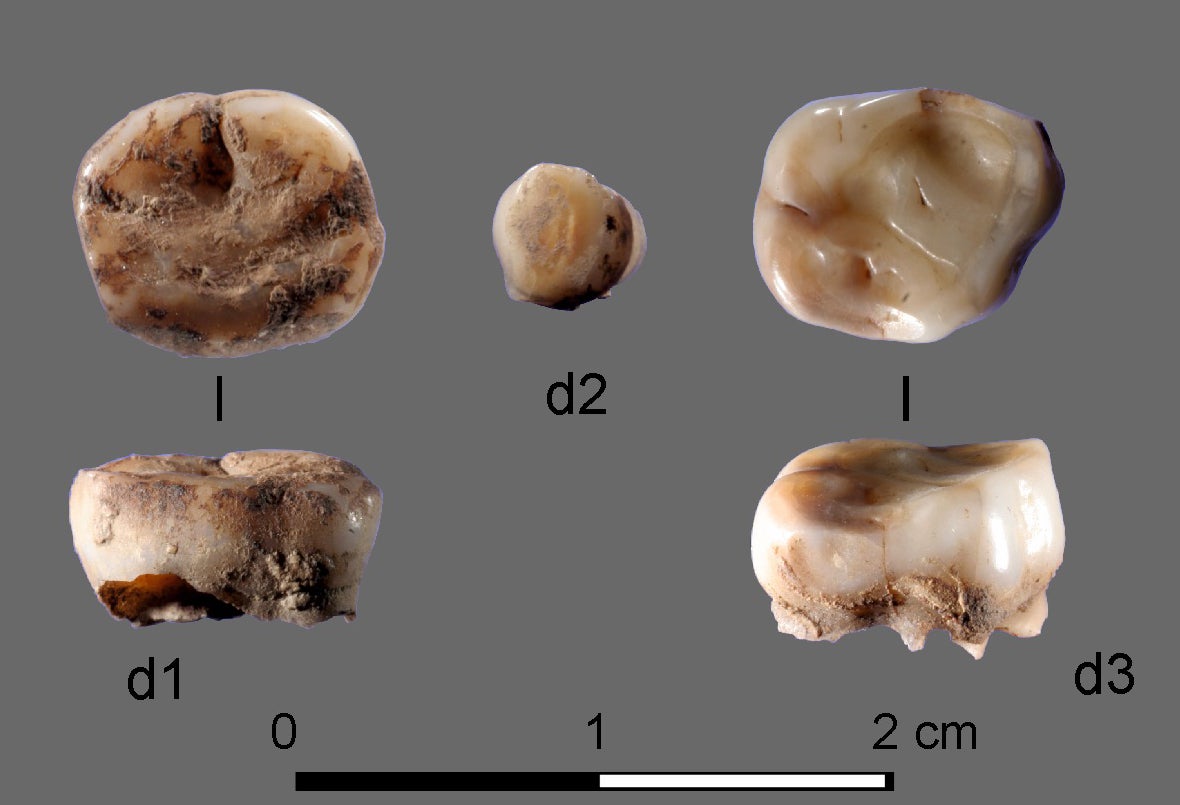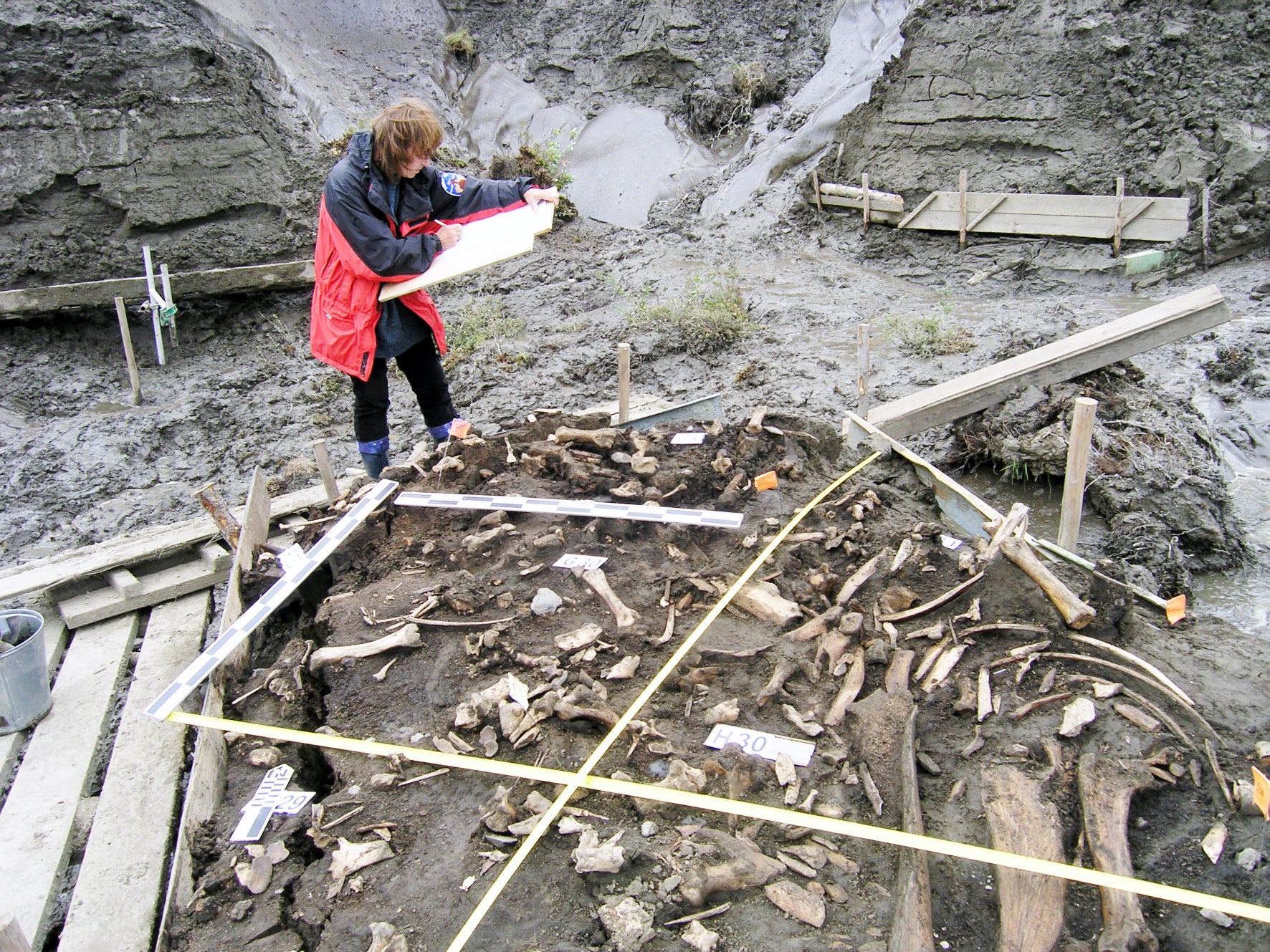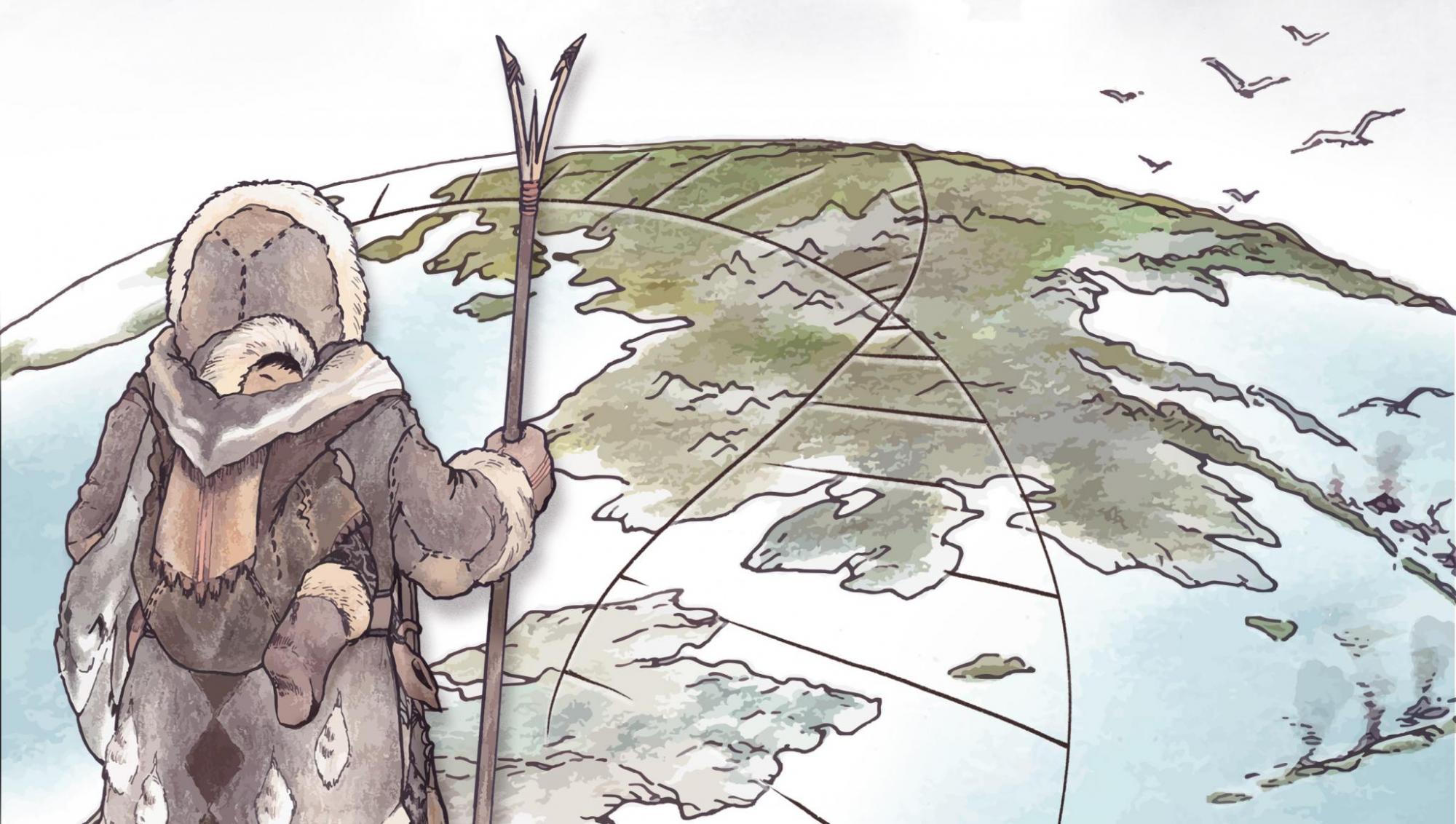DNA from 31,000-year-old milk teeth leads to discovery of new Ice Age population of big game hunters
'Ancient North Siberians’ would have hunted lions, wolves, woolly mammoths and bison

A new Ice Age population of big game hunters that lived in the depths of Siberia has been discovered using DNA taken from 31,000-year-old human milk teeth.
Named the ‘Ancient North Siberians’ the hardy population would have hunted lions, wolves, woolly mammoths and bison, according to a study led by Cambridge University.
The find was one aspect of new research into the genetic composition of Native Americans who in part descended from these Siberian hunters.
The existence of this fierce population, who first evolved 38,000 years ago, forms “a significant part of human history”, according to lead researcher Professor Eske Willerslev.
He told The Independent: “These humans had adapted to an extremely harsh environment in terms of temperatures – it’s a part of the world that is almost completely dark all winter. There are basically no trees and they were living alongside lions, wolves, bison and rhinos.

“They were culturally very sophisticated – we found mammoth bones with engravings on so they had a rich cultural and spiritual life even though they were living on the edge of the world."
The DNA was recovered from the only human remains discovered during the era – two tiny milk teeth found in a large site near the Yana River in northern Russia.
The site, which is known as the Yana Rhinoceros Horn Site (RHS), was found in 2001 and features more than 2,500 artefacts of animal bones and ivory along with stone tools and evidence of human habitation.
The study, published in Nature, found there would have been around 40 hunters living at the site and a wider population of around 500.

“They diversified almost at the same time as the ancestors of modern day Asians and Europeans and it’s likely that at one point they occupied large regions of the northern hemisphere," Prof Willerslev said.
Dr Martin Sikora, of The Lundbeck Foundation Centre for GeoGenetics and first author of the study, added: “They adapted to extreme environments very quickly, and were highly mobile. These findings have changed a lot of what we thought we knew about the population history of north eastern Siberia but also what we know about the history of human migration as a whole.”
The find was part of a wider study that analysed 34 samples of human genomes found in ancient archaeological sites across northern Siberia and central Russia.
Scientists found that between 18,000 and 20,000 years ago, the Ancient North Siberian met with the Ancient Paleo-Siberians.
Descendants of this group, which was formed largely of Ancient Paleo-Siberian DNA, migrated into the Americas between 6,000 and 10,000 years ago. Shortly after arriving they interbred with people with ancestry similar to more southern native people.
Although scientists have not found the strand of this group that then became the Native Americans, they have found the DNA of a 10,000-year-old man who was genetically incredibly similar at a site near the Kolyma River in Siberia.
The individual had inherited a mixture of Ancient North Siberian DNA and East Asian DNA which is similar to that found in Native Americas.
“The Ancient Paleo-Siberians are not the direct ancestors of the Native Americans but it’s representing something that is extremely close to it. It’s more than 90 per cent similar,” said Prof Willerslev.
This is the first time such close genetic links have been discovered outside the US. “It is an important piece in the puzzle of understanding the ancestry of Native Americans,” he added.
Another of the paper's authors, Professor David Meltzer of the Southern Methodist University in Dallas: “We gained important insight into population isolation and admixture that took place during the depths of the Last Glacial Maximum – the coldest and harshest time of the Ice Age – and ultimately the ancestry of the peoples who would emerge from that time as the ancestors of the indigenous people of the Americas.”
Researchers hope the paper will provide an example of the value of using genetic data to resolve long-standing questions.
Join our commenting forum
Join thought-provoking conversations, follow other Independent readers and see their replies
Comments
Bookmark popover
Removed from bookmarks